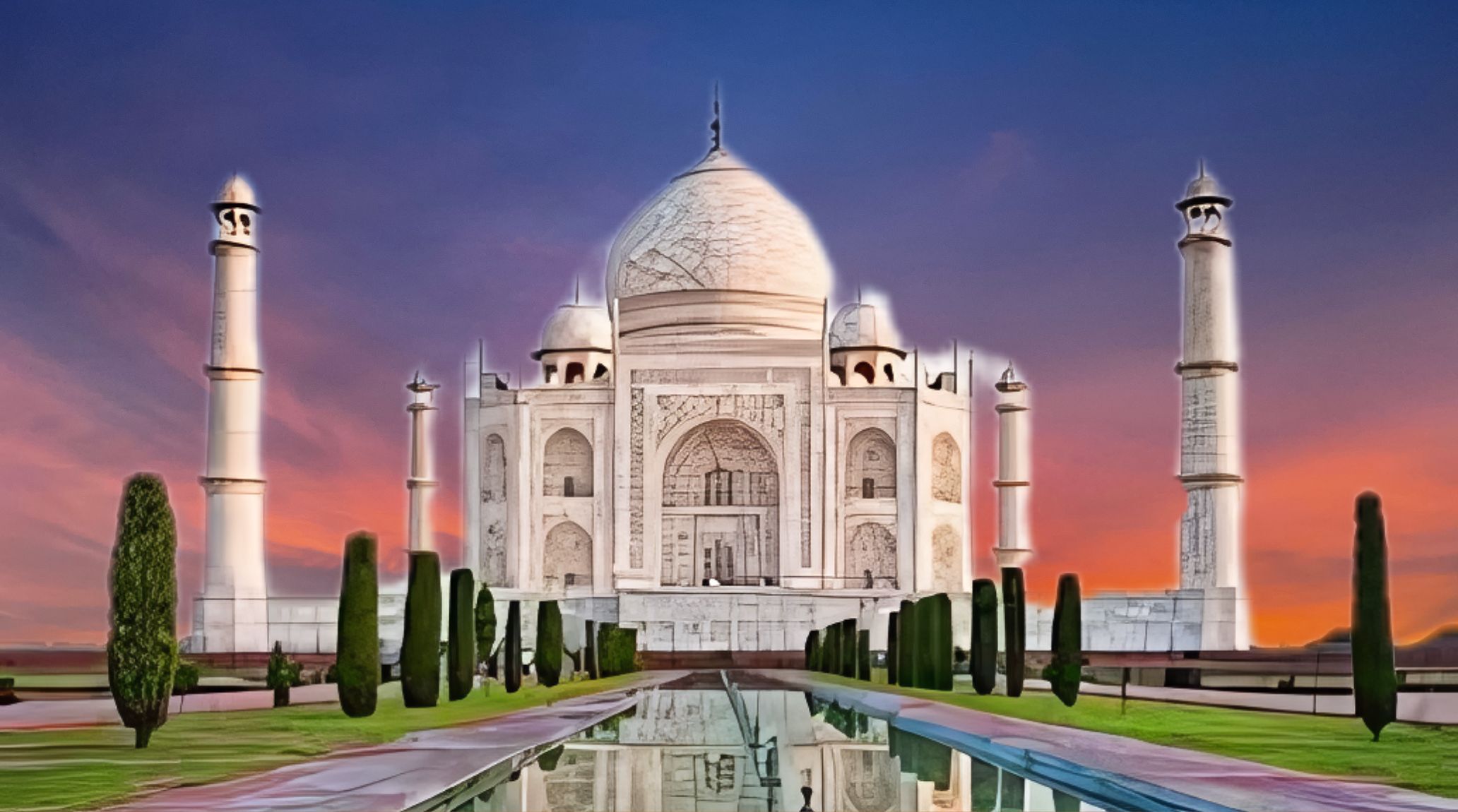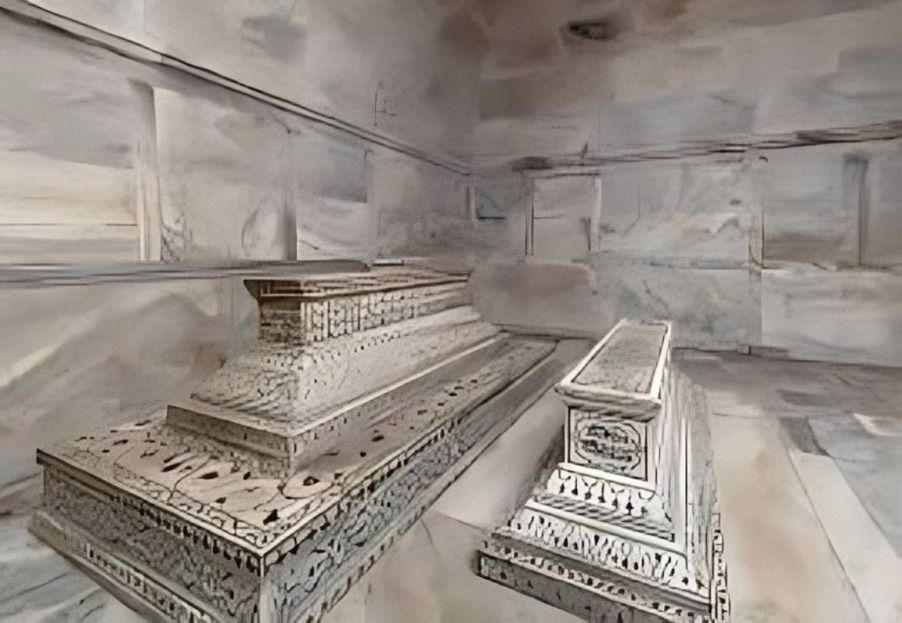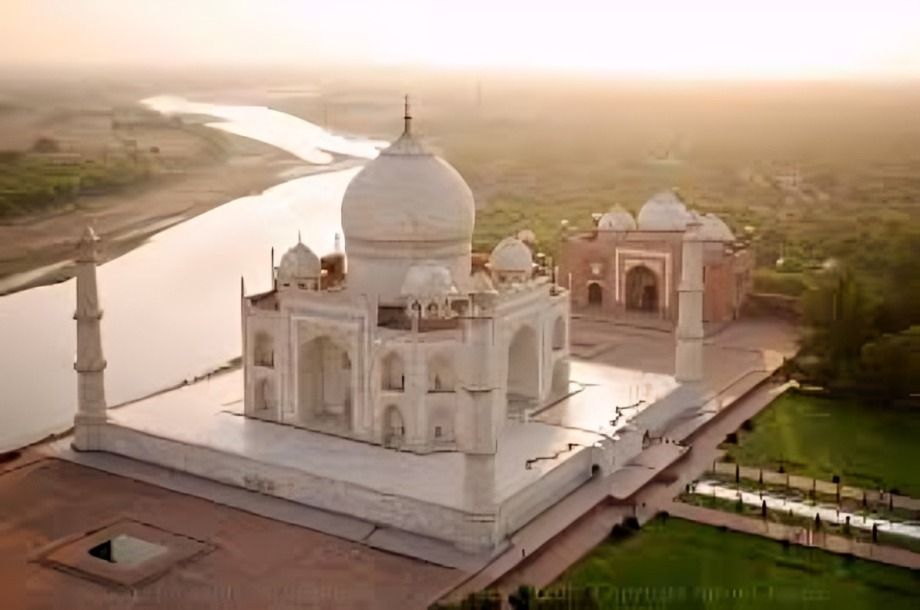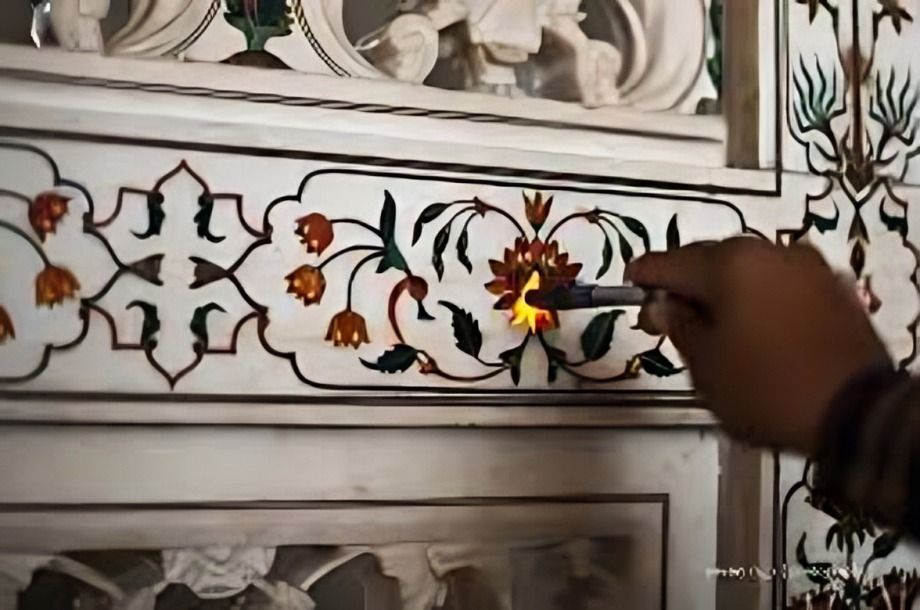
“
The Taj Mahal, an iconic symbol of love and one of the Seven Wonders of the World, never fails to leave visitors in awe. While many know it as a beautiful marble mausoleum, few are aware of the fascinating facts and hidden stories behind its construction. From its intricate architectural design to the mysteries surrounding its history, the Taj Mahal holds countless mind-blowing facts. In this blog, we’ll explore 20 remarkable facts about The Taj Mahal that make this architectural wonder even more extraordinary.1
1
”
Construction of the Taj Mahal began in 1632 and spanned 22 years, involving over 20,000 skilled artisans. The white marble was sourced from India, China, and Afghanistan, showcasing incredible craftsmanship. 1
Combining Indian, Persian, and Islamic architectural styles, the Taj Mahal displays intricate carvings, floral motifs, and inlaid gemstones. Its perfectly symmetrical design highlights Mughal-era innovation and aesthetic mastery. 2
Shah Jahan built the Taj Mahal as a mausoleum for his beloved wife Mumtaz Mahal. Its iconic status as a symbol of eternal love attracts millions of admirers worldwide annually. 3
The Taj Mahal changes colors throughout the day. It appears pinkish at sunrise, dazzling white during daylight, and golden under moonlight, creating a breathtakingly magical experience for visitors. 4

The central hall of the mausoleum houses false graves enclosed by intricate lattice screens, while the actual graves of Shah Jahan and Mumtaz Mahal lie directly beneath, in a chamber below.
Did you know the Taj Mahal is taller than the Qutub Minar? The Taj stands at 73 meters, while the Qutub Minar is slightly shorter at 72.5 meters, making the Taj just a bit taller.5
Arabic calligraphy adorns the Taj Mahal, featuring Quranic verses inscribed with black marble. These inscriptions are carefully sized to appear proportional when viewed from different angles below. 6
The minarets around the Taj Mahal lean slightly outward. This engineering marvel was intentional to protect the dome from damage in the event of natural calamities like earthquakes. 7
The Taj Mahal complex was completed in 1653 at an estimated cost of ₹5 million, which would be around ₹35 billion (US$77.8 million) in 2023, reflecting its monumental scale and historical significance. 8

The monument’s central dome is 240 feet high, surrounded by four minarets, each standing 137 feet tall. These minarets are slightly tilted to prevent collapse during earthquakes.
The Taj Mahal’s mosque and guesthouse enhance the grandeur of the complex. The mosque continues to function, with the monument closing on Fridays for Islamic prayers. 9
The Taj Mahal’s reflecting pool, which mirrors the monument’s image, is carefully aligned with the building’s central axis, enhancing its symmetry and providing a stunning view from the entrance. 10
Ustad Ahmad Lahauri is widely considered the chief architect of the Taj Mahal. His brilliance and mathematical precision ensured this Mughal masterpiece’s enduring architectural excellence. 11
The Taj Mahal became a UNESCO World Heritage Site in 1983. It is known as a beautiful example of Mughal architecture, a symbol of Indian history, and Islamic art's finest jewel. 12

The Taj Mahal's white marble features inlays of 28 precious and semi-precious stones, including jasper from Punjab, jade and crystal from China, turquoise from Tibet, lapis lazuli from Afghanistan, sapphire from Sri Lanka, and carnelian from Arabia.
During British colonial rule, the Taj Mahal faced significant deterioration, and the British attempted to remove its precious stones. Restoration work was later carried out to preserve its grandeur. 13
In the late 19th century, Lord Curzon, the British Viceroy of India, oversaw extensive restoration work on the Taj Mahal, including cleaning the marble and repairing the structure after centuries of wear. 14
Shah Jahan intended to build a black Taj Mahal after completing the white one, but his plans were halted by his son, Aurangzeb, who ultimately imprisoned him, preventing the project’s completion. 15
The Taj Mahal is surrounded by a vast, symmetrical garden, known as the Charbagh, which symbolizes paradise. The garden is divided into four quadrants representing the four rivers of paradise. 16
The Taj Mahal attracts 2 to 4 million visitors each year, including around 200,000 international tourists. People from across the globe flock to admire its beauty, making it one of the world’s most visited sites. 17


